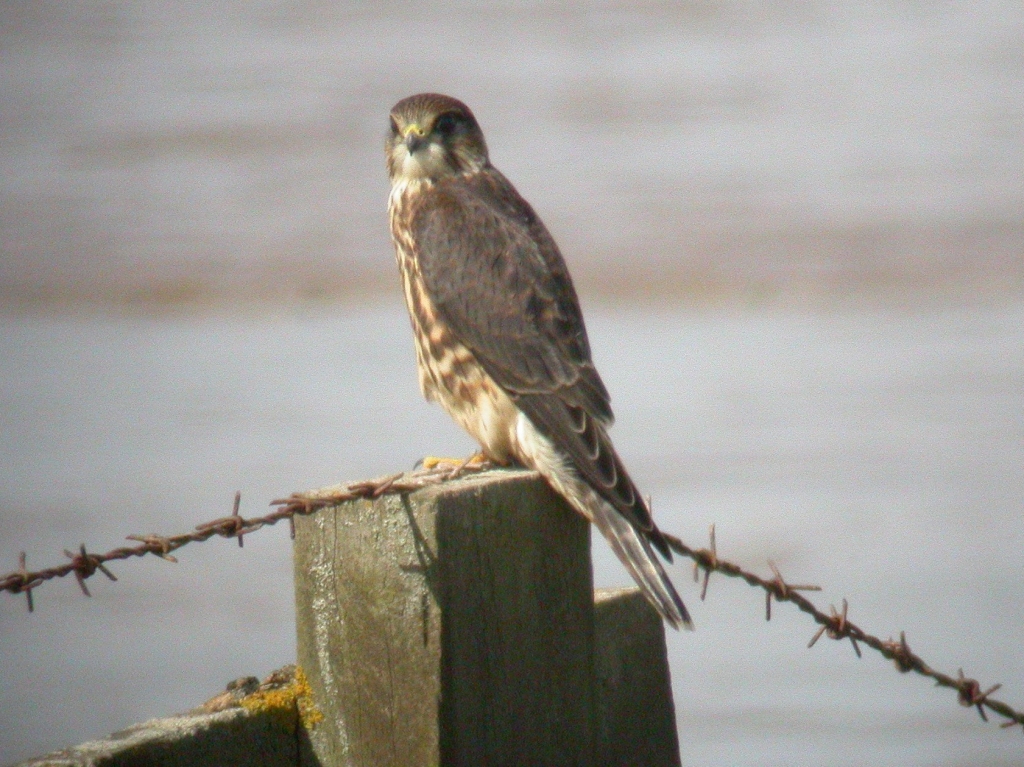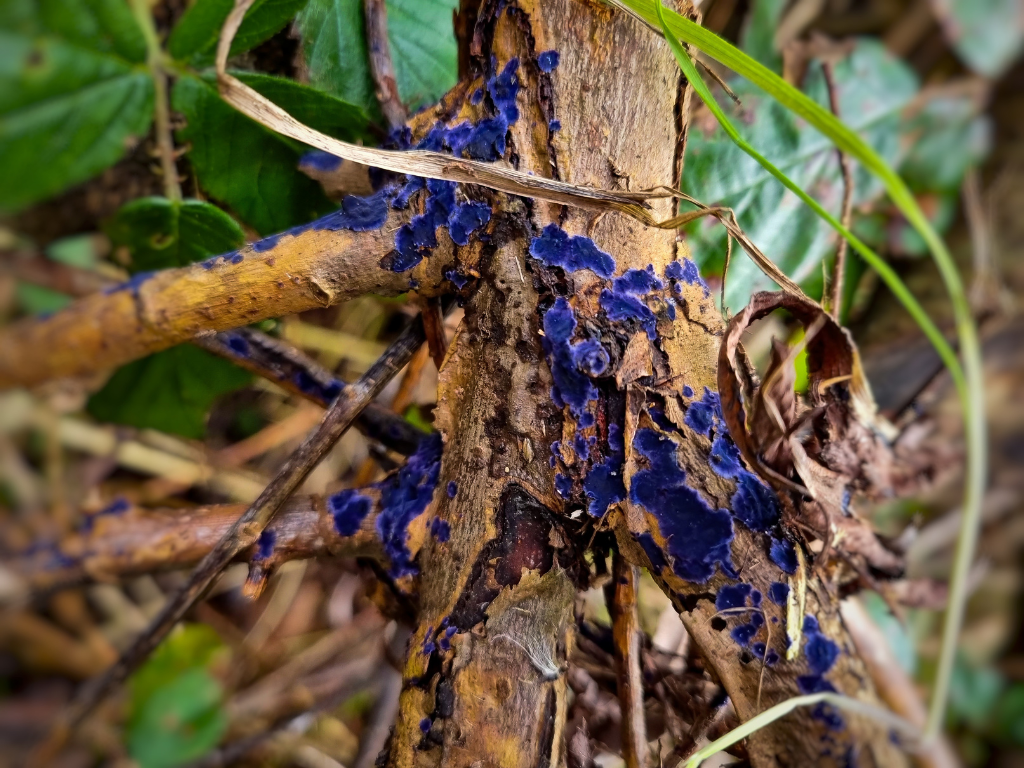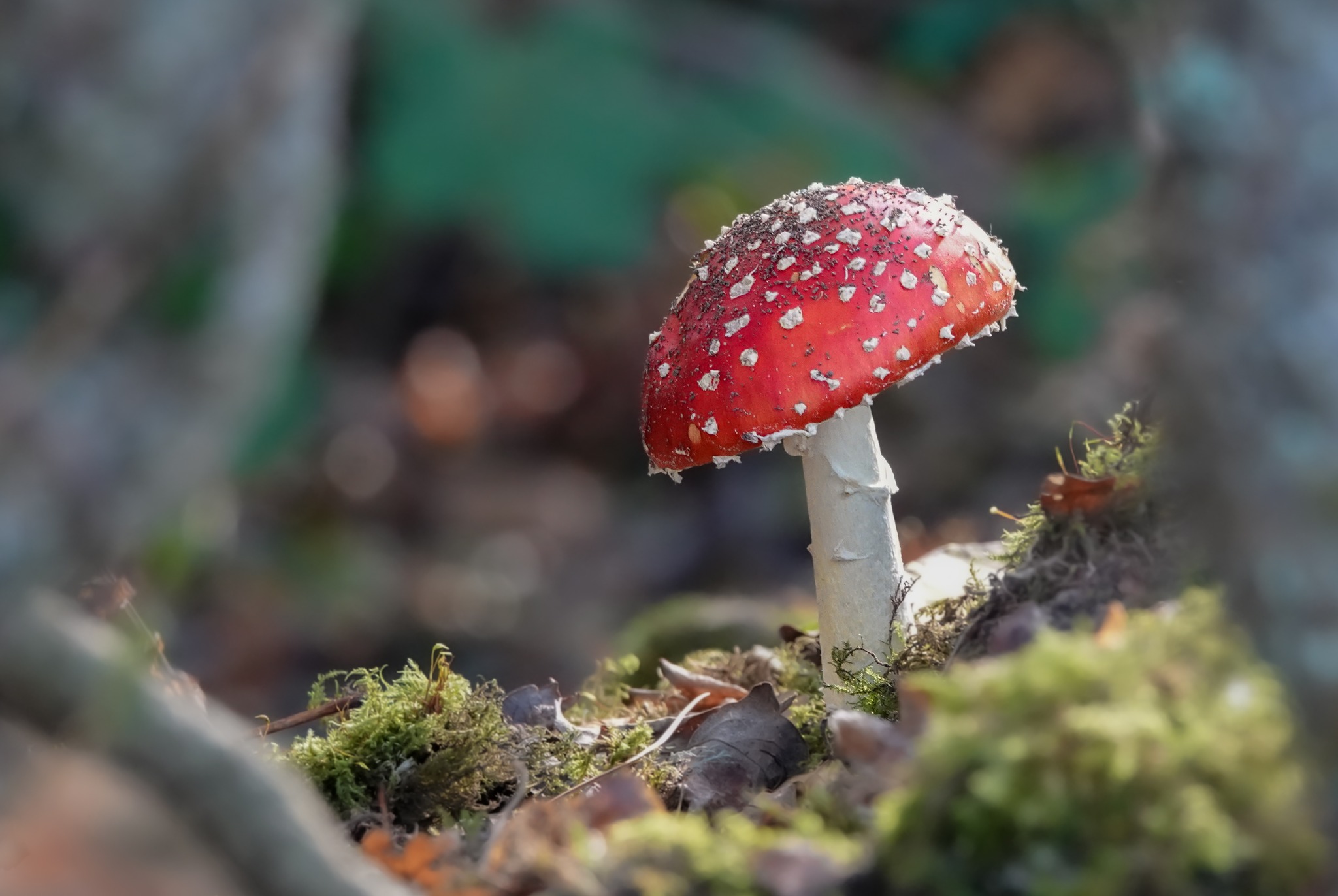Merlin, Red Kite, Field Vole, and a lingering Swallow
Stormy weather at the weekend pushed most wildlife into hiding, but a few interesting species emerged once the skies cleared.

Rather mild autumnal weather towards the end of the week has brought us some respite from the stormy weekend, as well as bringing out a late leaving Swallow and a pair of contrasting sized predators on the saltmarsh.
Wildlife Sightings at WWT Llanelli from 19th - 25th October 2024
Highlights: Merlin, Red Kite, Field Vole, Swallow
The saltmarsh has played host to a number of birds of prey this week, the most notable being a magnificent Merlin, seen zipping low over the marsh on Monday in search of small mammals for dinner. As the UK's smallest bird of prey (not much bigger than a Blackbird!), it was certainly a challenge to find this tiny falcon sat on a post almost half a mile away. In flight, the dark gray pointed wings and compact body made identification a little easier.
Hunting much larger prey not too far from the Merlin was a Red Kite, displaying its characteristic forked tail and reddish-brown body while perched on another post. Like Merlin, Red Kite are upland breeders, travelling into coastal areas in winter in search of carrion to fuel them through the colder months.
During a reptile survey (that unfortunately lacked any reptiles), a member of the Reserve team came across a Field Vole hiding under one of the artificial refugia mats we have out across the reserve for reptiles to shelter and warm up beneath. Clearly the mat is also quite inviting to small mammals, as this little creature seemed to be enjoying the cosy bed of grass and complementary central heating.
A very late Swallow was seen flying eastwards over Bittern Reedbed on Wednesday, racing to catch up with its relatives that are likely well on their way back to Africa for the winter. A small number of Swallow overwinter in the UK, likely due to the milder weather we have now during this season. This bird, however, appeared to be starting its long migration journey south before the supply of flying insects it feeds on becomes more scarce here.



